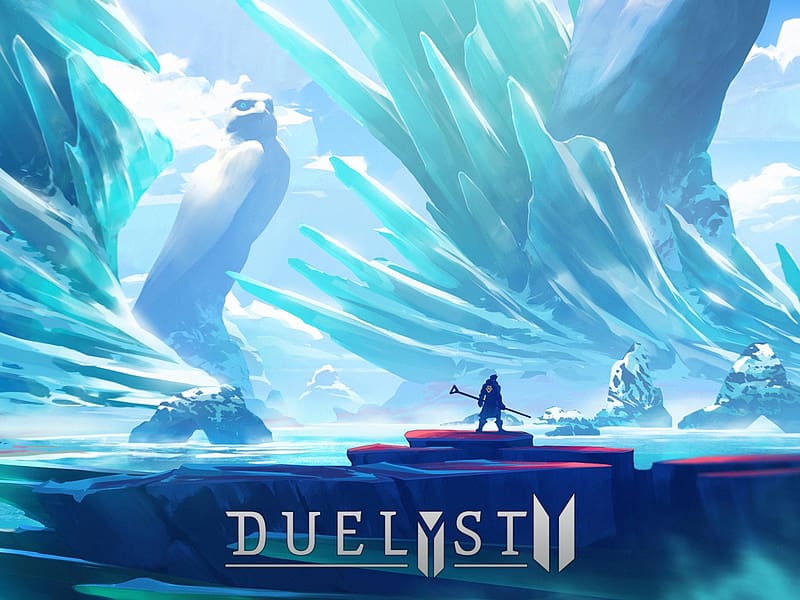
Legacy Game rework – Dreamsloth
Our involvement with the indie game 'Duelyst II' has been a journey of innovation and technological advancement. We successfully integrated TypeScript into a legacy JavaScript frontend, greatly enhancing performance and developer experience. A significant milestone was decoupling the NodeJS SDK from the core codebase, enabling the integration of the advanced Godot game engine. This transition not only improved the game's features but also laid the groundwork for mobile version development. Utilizing Kubernetes and GCP for deployment and CI/CD, we achieved more frequent and dynamic feature rollouts, showcasing our commitment to cutting-edge game development.
Improving Frontend Development with TypeScript
Our engagement with ‘Duelyst II’, an indie game, was marked by several significant technological enhancements. A key initiative was the integration of TypeScript into the existing legacy JavaScript frontend. This strategic move led to notable improvements in the game’s performance and provided a more streamlined and efficient development experience. The introduction of TypeScript also resulted in increased throughput, enabling our team to develop and implement new features more rapidly and with greater precision.
Advancing Game Mechanics with Godot Engine Integration
Another major contribution was the decoupling of the NodeJS SDK from the game’s core codebase. This decision facilitated the integration of the Godot engine, a more advanced and versatile game engine. By incorporating Godot, we not only enhanced the existing features of ‘Duelyst II’ but also set the stage for expanding the game into mobile platforms. This transition was a pivotal step in elevating the game’s capabilities and ensuring a broader reach to mobile gamers.
Optimizing Deployment and Development Processes
Leveraging modern deployment technologies, we employed Kubernetes for orchestration, ensuring seamless and efficient deployment processes. Additionally, we created a robust Continuous Integration and Continuous Deployment (CI/CD) pipeline by utilizing Google Cloud Platform (GCP). This infrastructure enabled us to deploy new features more frequently, contributing to a more dynamic and responsive development cycle. Our approach ensured that updates and new functionalities could be rolled out to players swiftly, keeping the game fresh and engaging.
In summary, our work on ‘Duelyst II’ stands as a testament to our expertise in game development and our ability to adapt and implement cutting-edge technologies. From enhancing frontend performance with TypeScript to enabling new possibilities with the Godot engine, and streamlining deployments via Kubernetes and GCP, our efforts have significantly contributed to the evolution and success of ‘Duelyst II’. These advancements not only improved the gaming experience but also demonstrated our commitment to innovation and excellence in the gaming industry.
